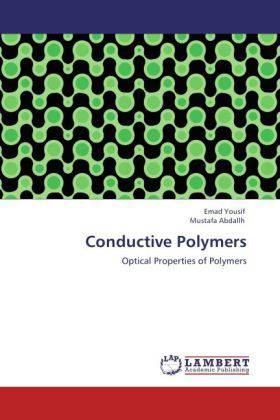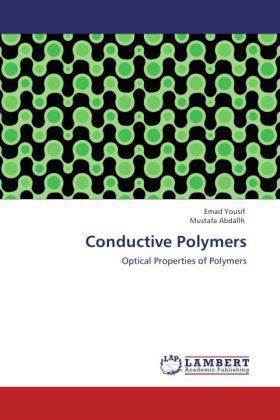
- Afhalen na 1 uur in een winkel met voorraad
- Gratis thuislevering in België vanaf € 30
- Ruim aanbod met 7 miljoen producten
- Afhalen na 1 uur in een winkel met voorraad
- Gratis thuislevering in België vanaf € 30
- Ruim aanbod met 7 miljoen producten
Zoeken
€ 48,45
+ 96 punten
Omschrijving
Conductive polymers are organic compounds that conduct electricity. Such compounds may be true metallic conductors or semiconductors. It is generally accepted that metals conduct electricity well and that organic compounds are insulating, but this class of materials combines the properties of both. The biggest advantage of conductive polymers is their processibility. Conductive polymers are also plastics (which are organic polymers) and therefore can combine the mechanical properties (flexibility, toughness, malleability, elasticity, etc.) of plastics with high electrical conductivities. Their properties can be fine-tuned using the exquisite methods of organic synthesis. Different additives are usually added to polymer in order to modify and improve its properties. Inorganic additives such as transition metal salts have considerable effect on the optical and electrical properties of polymers.
Specificaties
Betrokkenen
- Auteur(s):
- Uitgeverij:
Inhoud
- Aantal bladzijden:
- 76
- Taal:
- Engels
Eigenschappen
- Productcode (EAN):
- 9783848448920
- Uitvoering:
- Paperback
- Afmetingen:
- 150 mm x 220 mm
- Gewicht:
- 118 g

Alleen bij Standaard Boekhandel
+ 96 punten op je klantenkaart van Standaard Boekhandel
Beoordelingen
We publiceren alleen reviews die voldoen aan de voorwaarden voor reviews. Bekijk onze voorwaarden voor reviews.








